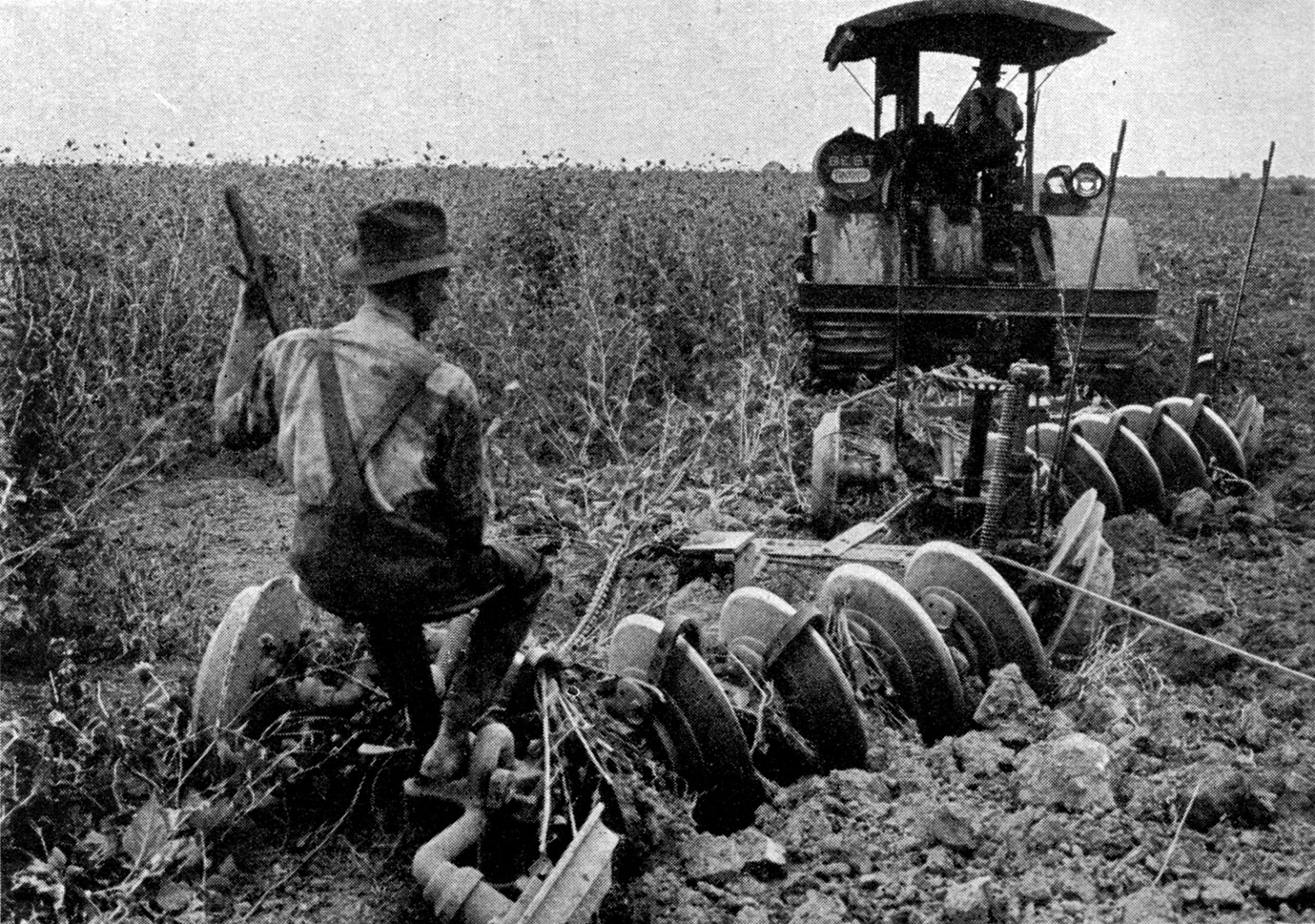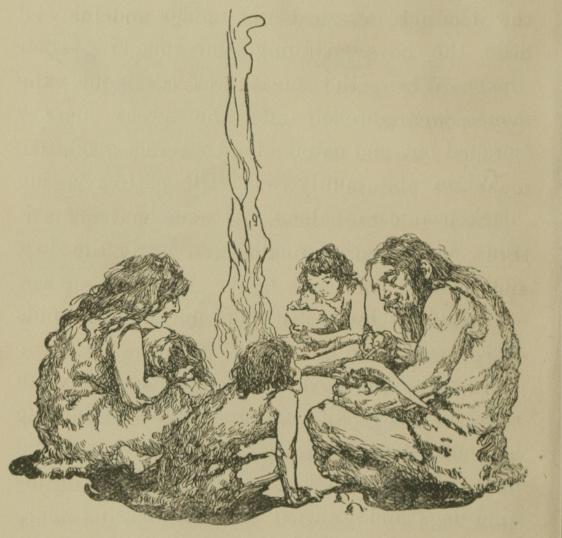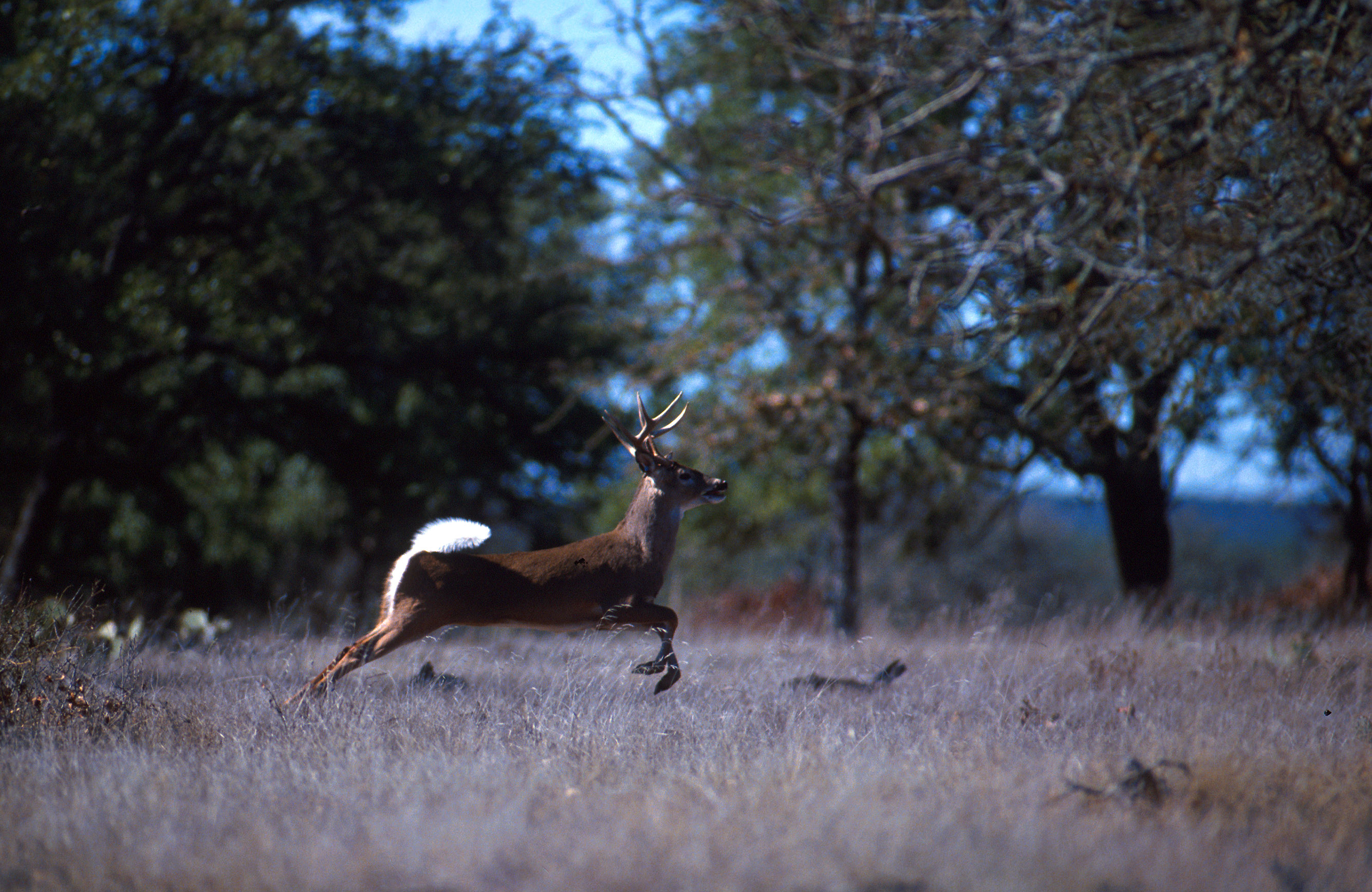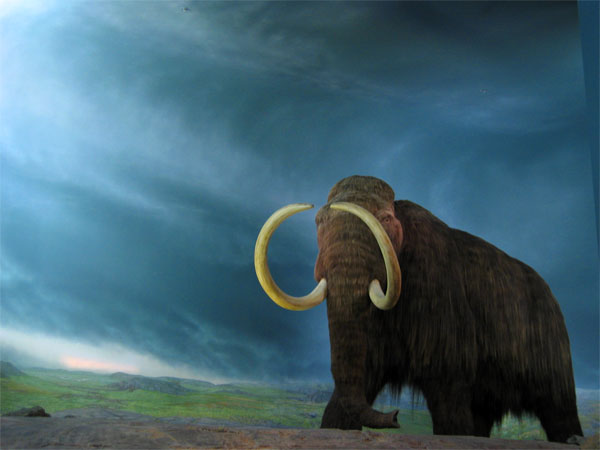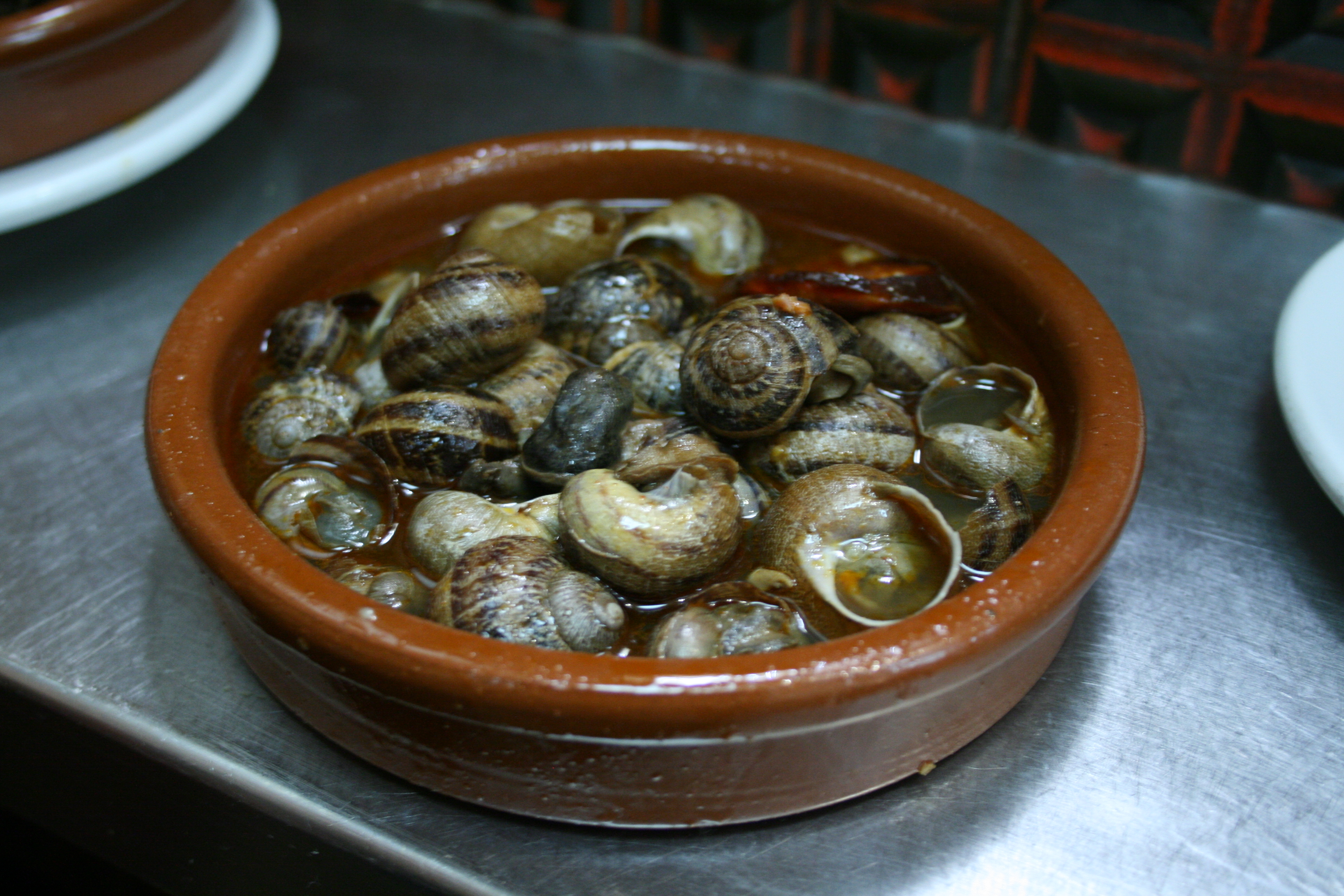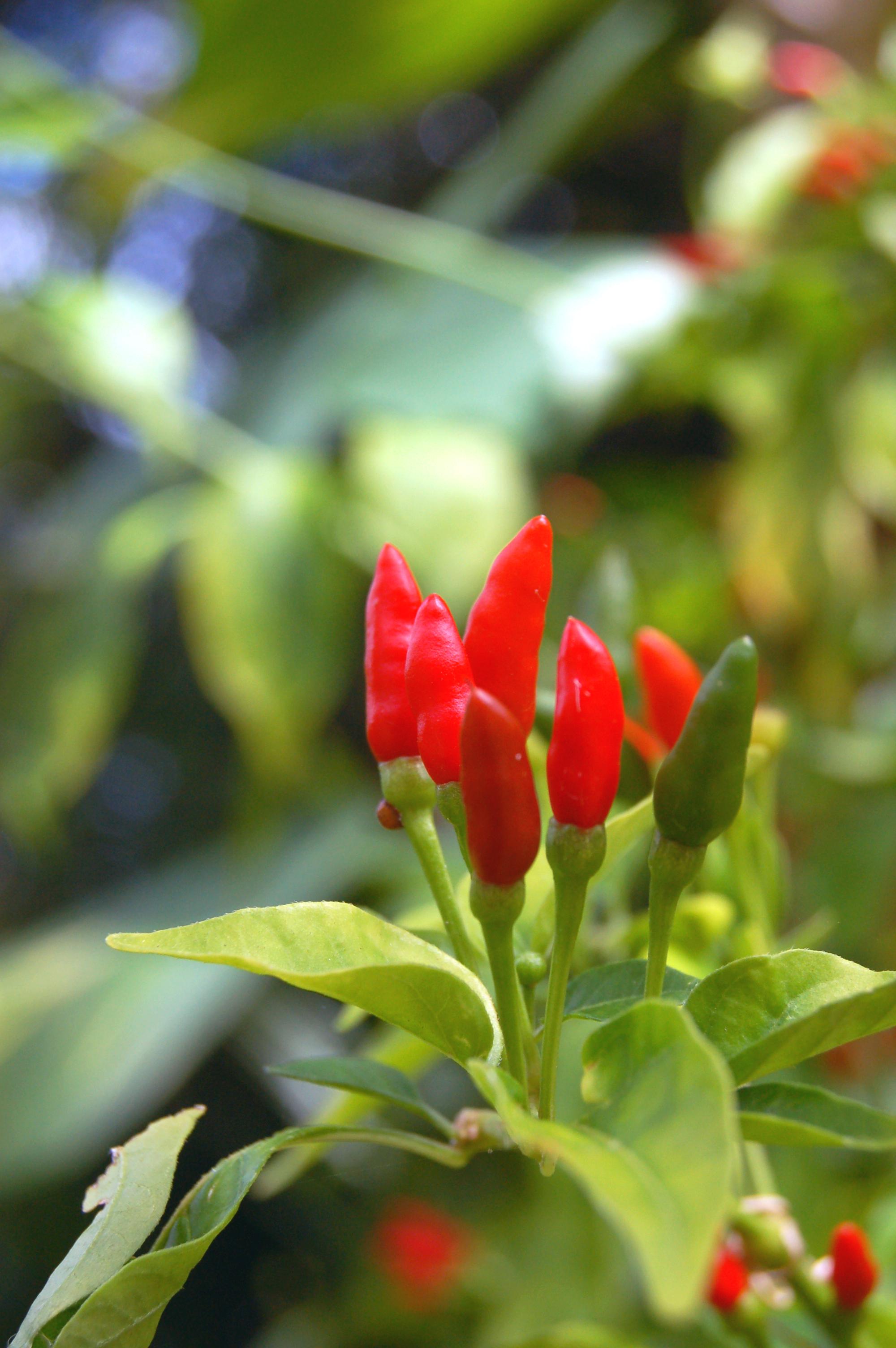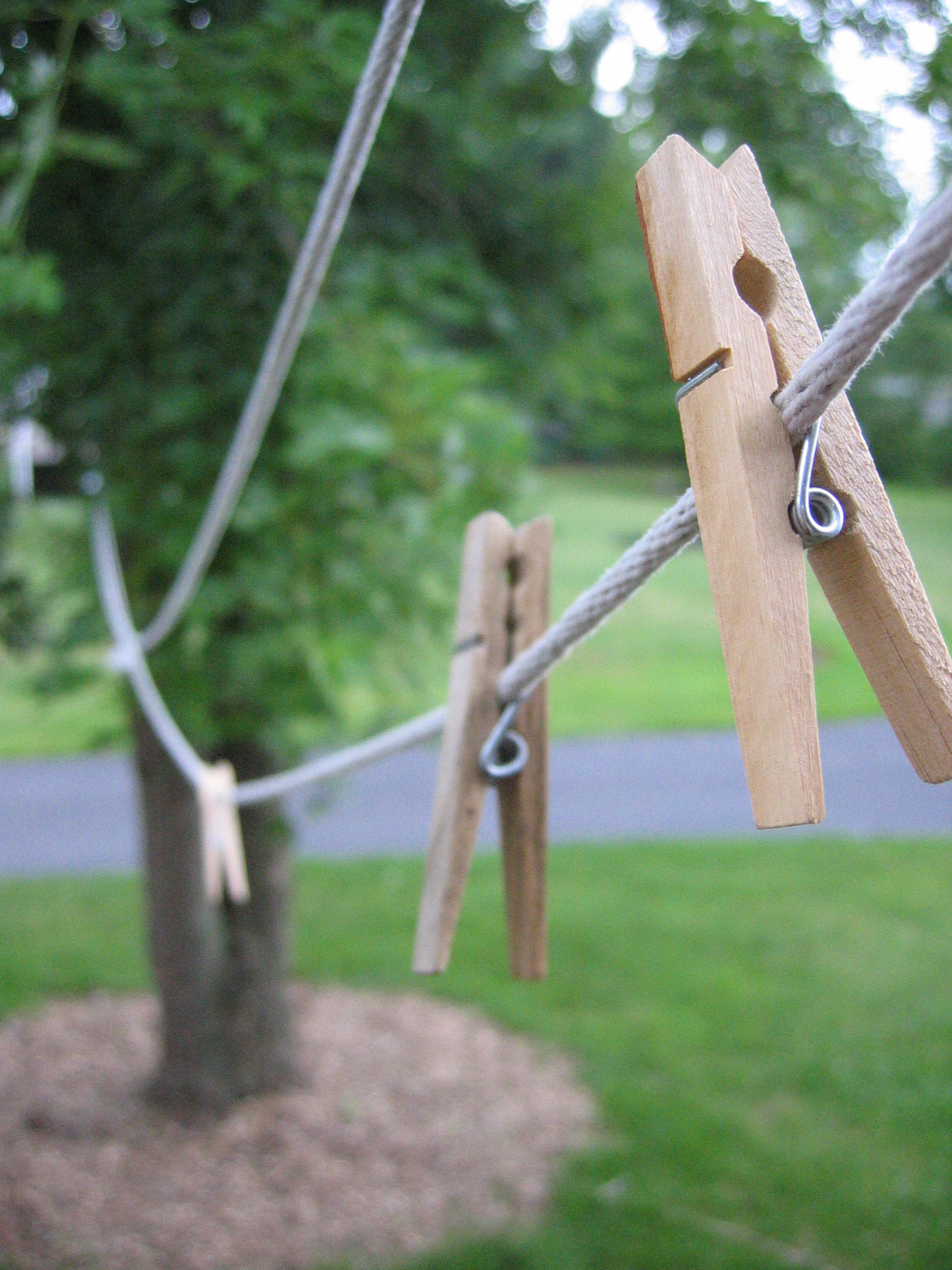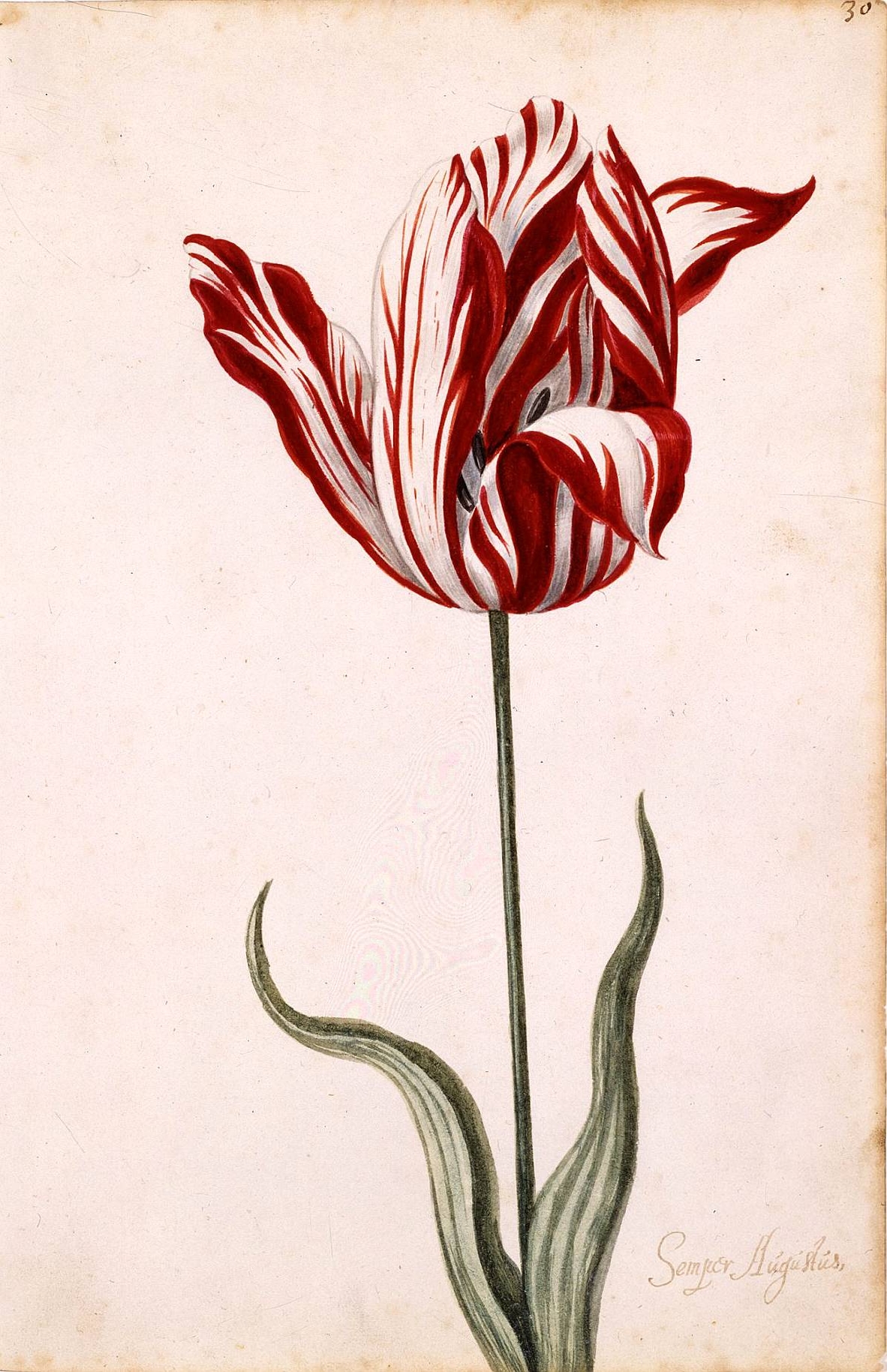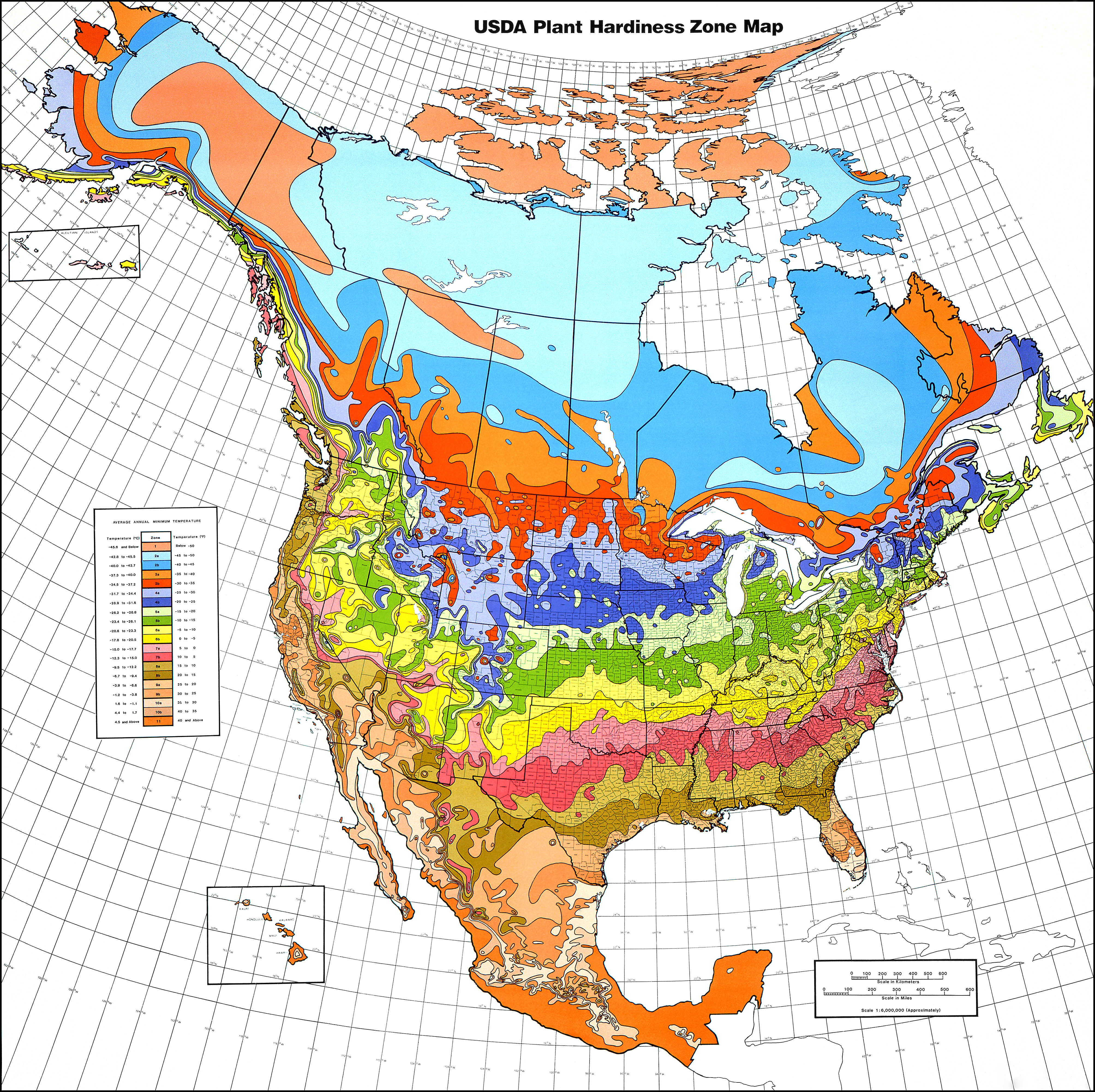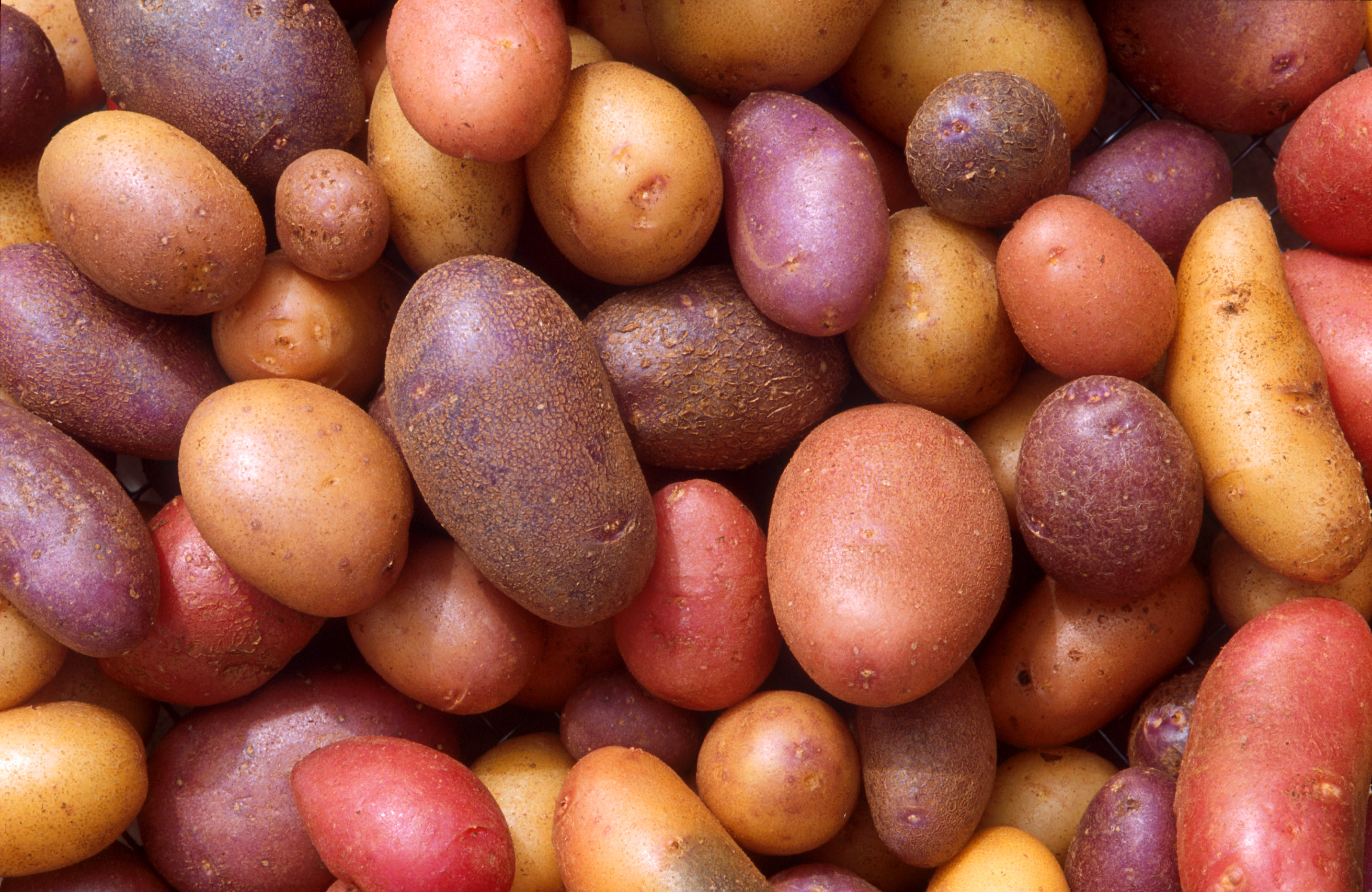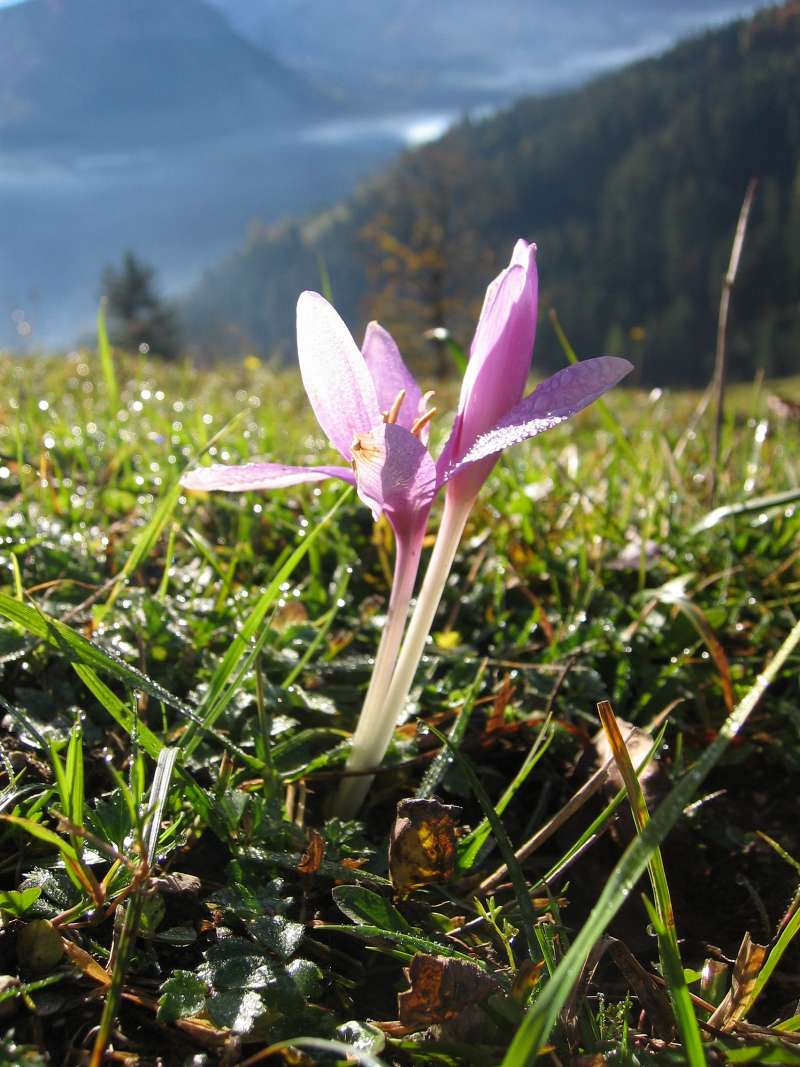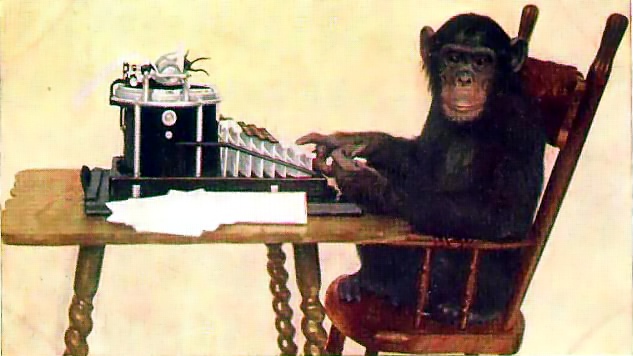 I found myself in an Annapolis pub, discussing dental anthropology over oysters on a cool, wet Maryland evening. Raw oysters are not my favorite bivalve, but I enjoyed hearing Jim describe his Madagascarian classroom, where he was studying the diet of lemurs for his Ph.D.
I found myself in an Annapolis pub, discussing dental anthropology over oysters on a cool, wet Maryland evening. Raw oysters are not my favorite bivalve, but I enjoyed hearing Jim describe his Madagascarian classroom, where he was studying the diet of lemurs for his Ph.D.I asked him what type of foods human teeth are adapted for. "Well..," he hesitated, explaining the controversy over whether teeth are adapted to chew an animal's main food, or its food of last resort.It was always a nice reward after a 110 degree bike commute to stop for figs in the shade of an abandoned field. My grad school roommates and I would often meet in the kitchen after work to discuss the tree's progress and plot to strip armloads of the soft, aromatic fruits before the birds caught on. I remember Mel spilling grocery bags full of homegrown pomegranates across our seminar lunch table and myself crushing walnuts against tree trunks on the department farm. Pausing in dusty redwood clearings to sample blackberries among the hoppers, wasps and rattlesnakes. Or pulling down rain-sopping mulberries on a dark summer night, waiting to help Amelia move.
"Okay, but what are human teeth adapted for?"
"Fruit."
There's something peaceful and familiar about foraging for fruit. I always felt that my research time spent pawing through low evergreen canopies on Sonoma ridges, searching for bright orange patches was apt for an animal adapted to find colorful fruit in a sea of leaves.
These memories came back to me as I sank into Adam Leith Gollner's The Fruit Hunters. I was immediately hooked by his playful use of language and allusions, and by his somewhat stream of consciousness rhythm (which struck me as oddly reminiscent of my own attempted style). He quickly convinced me that the world is full of many thousands more species and varieties of fruit than I could ever imagine, or that a dedicated fruit hunter could ever track down. He wound stories of explorers and ancient mythology, illuminating a world where mundane, everyday fruit were hiding centuries of stories.
I enjoyed as he rattled off random facts about random fruit:
Grenades were inspired by exploding dehiscent pomegranates. (Grenade is French for pomegranate). Explosive dehiscence also occurs in wisteria and sesame fruits (hence, "Open sesame!")
Some fruits mimic centipedes, worms, spiders and horned beetles so bird and insect predators will disperse them.
Giant fruits that have lost their ancient animal disperser (e.g. avocados, prickly pears, osage oranges and papayas) are known as "anachronisms."
Fig wasps (which symbiotically pollinate fig flowers and raise their young in the fruit) are dissolved by the chemical ficin after they die within the fruit.
The miracle fruit contains sugar-mimicking chemicals that stick to the tongue, making all sour foods taste sweet, and was outlawed by the FDA (i.e. sugar industry) in the 1960s.
Maraschino cherries are just the worst quality cherries, bleached, dyed and flavored artificially, but were adapted from a sour cherry liqueur, popularly used in Eastern Europe to preserve sour Marasca cherries.
Unfortunately, he began to lose me after the second chapter. The rest of the book increasingly follows the adventures of wealthy eccentrics whose tales don't live up to the hype of their mystical fanaticism for fruits.
He lost me altogether as he began to spout random "facts" on agricultural science that were flat wrong:
It is NOT a secret which foods have been genetically engineered.
No commercial tomato ever had flounder antifreeze genes in it.*
He refers to black sigatoka disease as being caused by a virus.
GMOs ARE tested for safety - by the USDA, FDA and EPA.
He also reported numerous absurd health claims about different fruits (possibly tongue in cheek)
He also makes sweeping generalizations about the dangers of pesticides. Every single molecule that exists in the world is toxic at some concentration (yes, even water). It's beyond irresponsible to conflate the ability of pesticides to injure experimental animals with the danger that trace residues pose.
His funniest screw up was his shock at seeing the fine print on a California IHOP that warns of the presence of "chemicals known to cause cancer or birth defects or other reproductive harm." He blamed it on industrial, processed food, but a better journalist would have learned that California passed some law requiring these signs everywhere (e.g. every apartment I'd lived in).
All in all, it's worth reading if you have nothing better to do. I was fascinated by the beginning, but any given fact (including the ones I listed) are dubious.
* Here's the history behind that dumb tomato with flounder genes rumor:
For years now, it's been a routine academic approach in plant biology to express foreign genes in experimental plants to see what happens. In this study, they expressed animal antifreeze proteins in a plant. They make the (far-fetched) suggestion that expressing native plant antifreeze proteins in crops could protect them from freezing damage. These plants are not grown commercially and were probably destroyed as soon as the experiment ended.
Hightower R, Baden C, Penzes E, Lund P, Dunsmuir P. 1991. Expression
of antifreeze proteins in transgenic plants. Plant Molecular Biology
17: 1013±1021.

